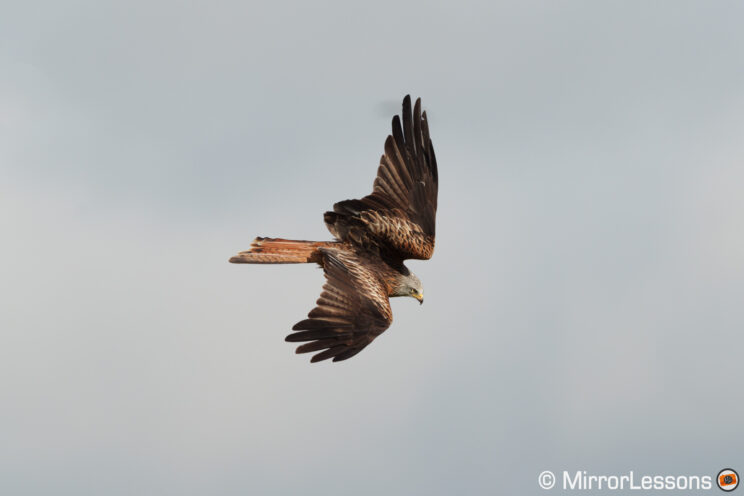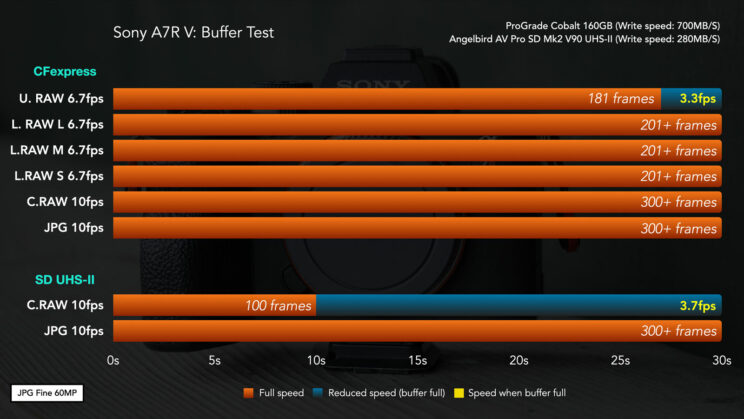The A7CR is a smaller, streamlined version of the A7R V, but it retains the same sensor and hardware inside, which means it delivers the same image quality for stills. There are a few differences for video, among other things.
In this preview, I’ll outline all the most important differences you should be aware of to help you decide which camera is best for you.
What the A7CR and A7R V have in common:
- 61MP BSI full frame sensor
- Pixel Shift Multi Shooting (240MP output)
- ISO 100-32,000 (50-102,400 with extended values)
- Autofocus with Advanced Subject Detection and A.I. chip
- USB Streaming
- Wifi and bluetooth connectivity
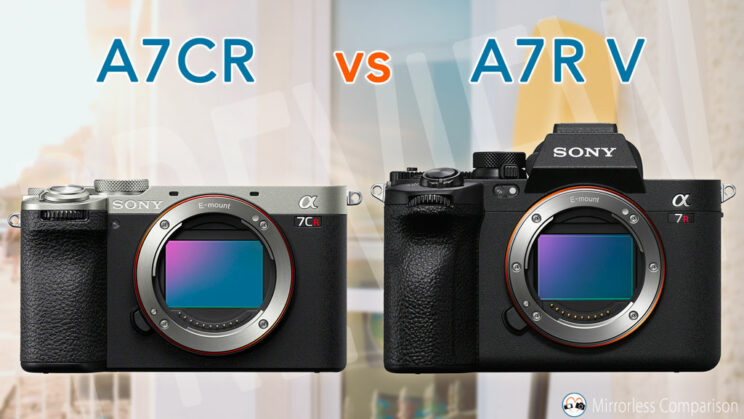
Ethics statement: the following is based on official specs for the A7CR and my personal experience with the A7R V and E-mount cameras in general. We were not asked to write anything about this product, nor were we provided any compensation of any kind. Within the article, there are affiliate links. If you buy something after clicking one of these links, we will receive a small commission. To know more about our ethics, you can visit our full disclosure page. Thank you!
1. Body Design and Ease of Use
The A7RC and A7R V are both dust and moisture resistant, but the C model is notably smaller and lighter. The R model features a larger front grip, but Sony includes the GP-X2 grip extension in the box with the A7CR.

The A7CR is available in black or silver/black, while the A7R V is offered exclusively in an all-dark color scheme.
- A7CR: 124 × 71.1 × 63.4mm, 529g
- A7R V: 131.3 x 96.4 x 79.8mm, 658g
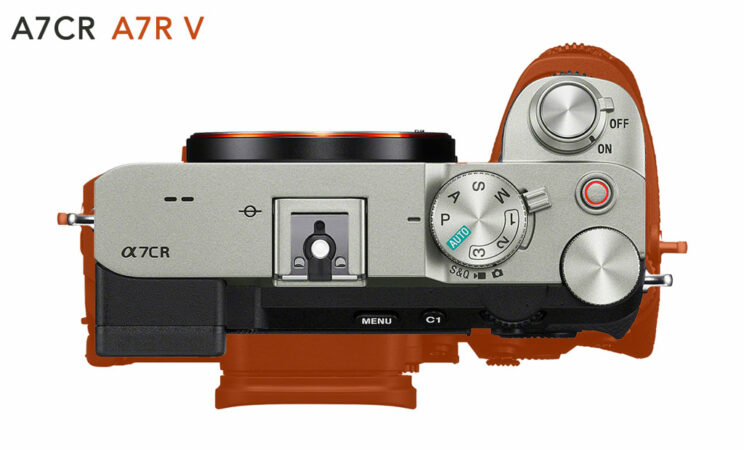
The A7CR bears a strong resemblance to the A6xxx APS-C series and inherits the latest additions seen on the recent A6700, such as the front command dial.
However, it’s important to note that the A7R V offers more controls, including an autofocus joystick on the rear, an additional custom button, and an extra dial on top.
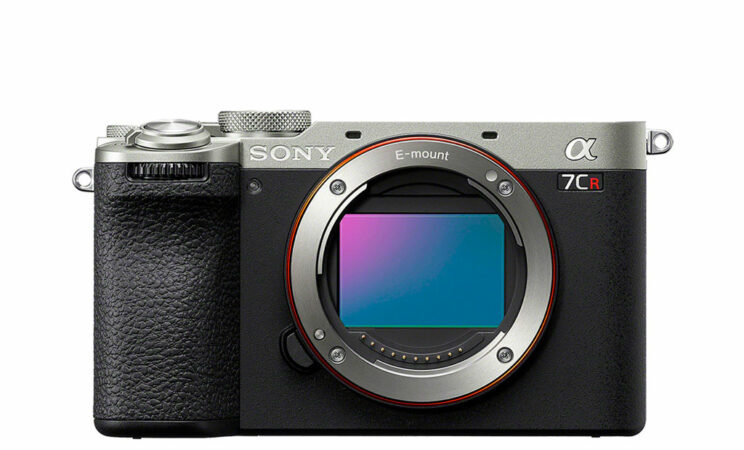

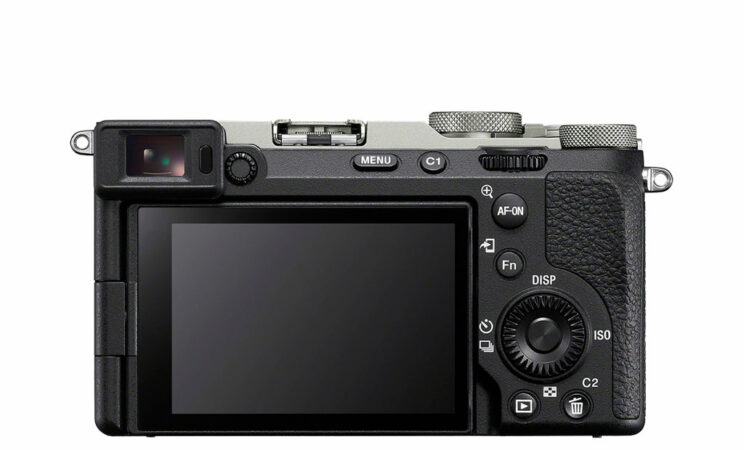
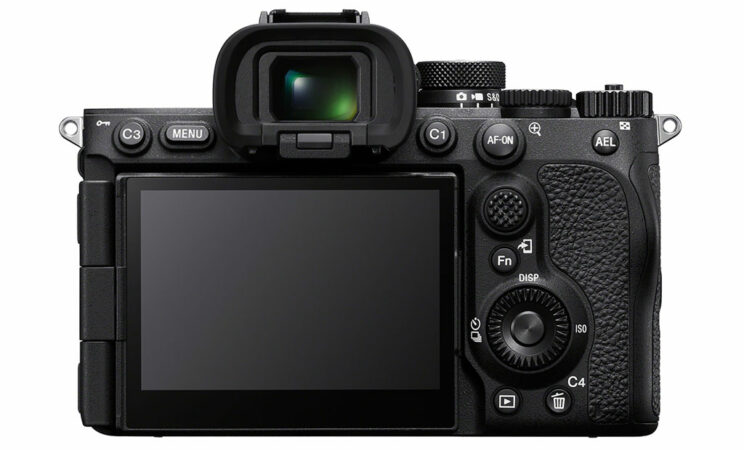
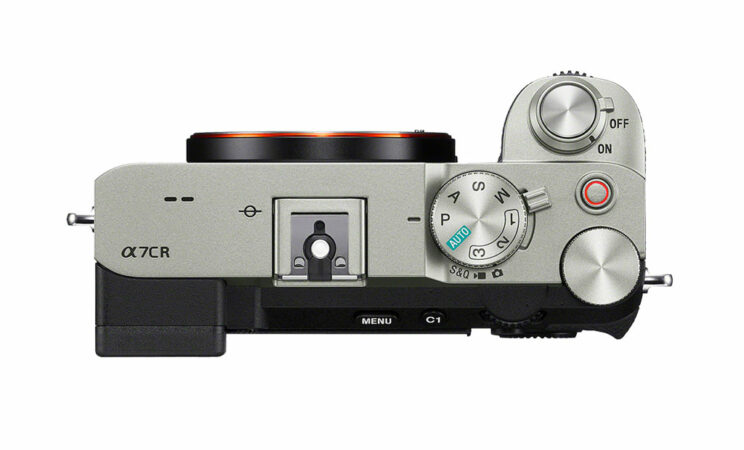
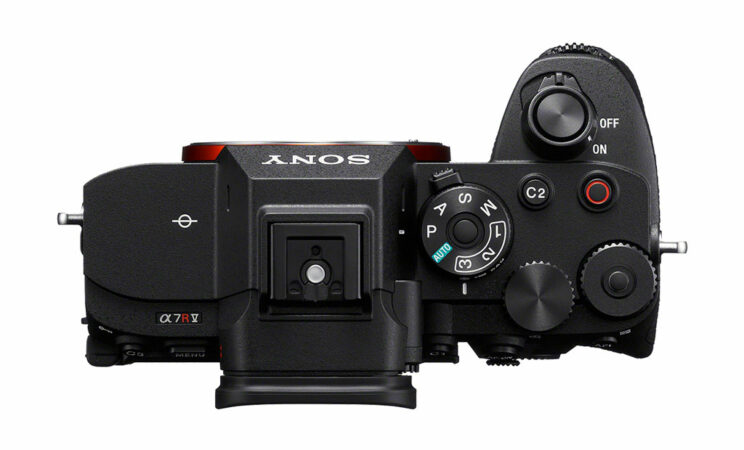
Another noteworthy difference is that the A7R V has an internal heat dissipation structure to improve extended video recording without interruptions. The smaller A7CR may be more susceptible to overheating due to its compact size.
The connectors are the same, for the most part, and include:
- 3.5mm microphone input
- 3.5mm headphone output
- multi-interface shoe (compatible with digital audio recording)
- USB Type C
The A7R V also features a flash sync port and a smaller micro USB. Its HDMI port is larger (full size vs micro size on the A7RC) and its USB-C port operates at 10Gbps, whereas the C model runs at 5Gbps.
Both cameras use the same battery (NP-FZ100), and their battery ratings are relatively similar. The A7CR is expected to last for about 520 photos (when using the LCD) or approximately 470 frames (with the EVF).
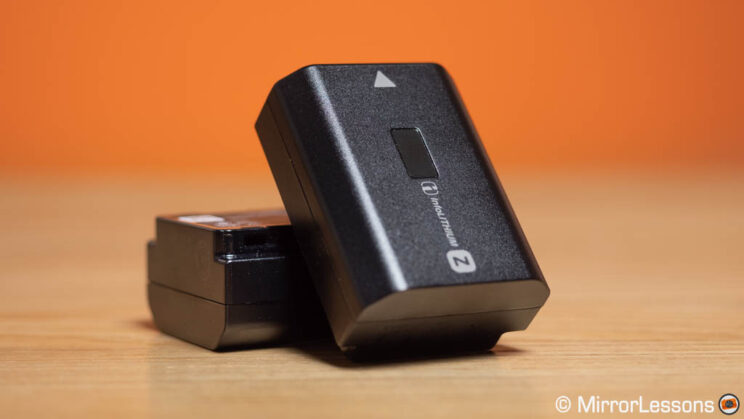
The A7R V fares slightly better with the LCD (530 shots) but performs slightly worse with the viewfinder (440 frames). As always, these figures tend to be better in real-world usage. For example, during a 2-hour session involving capturing birds in flight at a feeding station (plus a couple of 4K 50p clips), the A7R V battery level dropped to 28%.
Lastly, it’s important to note that only the A7R V comes with a battery charger. The A7CR doesn’t even include a mains plug or a USB cable in the box.
Reminder: the links below are affiliate links. If you decided to buy something after clicking the link, we will receive a small commission.
Check the price of the Sony A7CR on
B&H Photo
Check price of the Sony A7R V on
Amazon | Amazon UK | B&H Photo | eBay
2. Electronic Viewfinder
The positioning of the EVF on the A7CR can be found on the left corner when viewed from the rear, embedded in the main frame, much like what you would find on Sony’s APS-C series.
Conversely, the viewfinder on the A7R V is centrally positioned, protruding from the main body, resembling the setup commonly seen on SLR cameras.
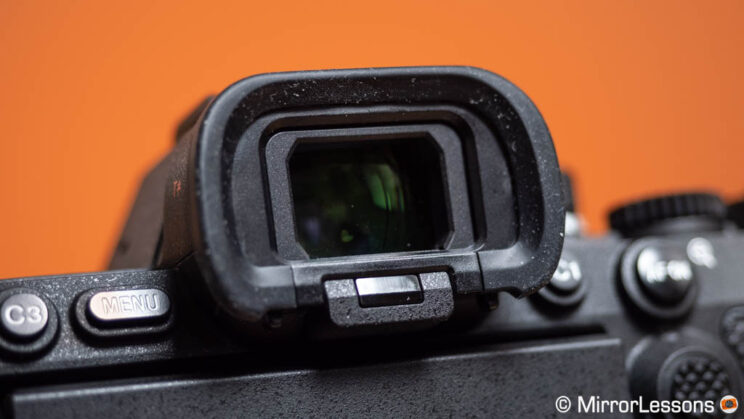
Additionally, there is a significant disparity in terms of specifications. The A7R V boasts a larger viewfinder with superior magnification and resolution, making it one of the very best electronic viewfinders available in 2023.
Viewfinder
A7CR
A7R V
Panel
0.39-in OLED
0.64-in OLED
Resolution
2.36M
9.44M
Refresh rate
120Hz
120Hz
Magnification
0.70x
0.90x
Eyepoint
22mm
25mm
3. LCD Monitor
The A7CR features a 3.0-inch LCD screen with a resolution of 1.04 million dots. It employs the classic multi-angle mechanism, allowing you to flip the monitor to the side and rotate it 180 degrees.
In contrast, the A7R V is equipped with a larger and more detailed 3.2-inch LCD boasting 2.1 million dots. It also incorporates a clever 4-axis mechanism, offering greater flexibility. You can use it as a standard tilting-only screen, which is typically preferred by photographers, or as a vari-angle monitor, which is a favorite among videomakers.
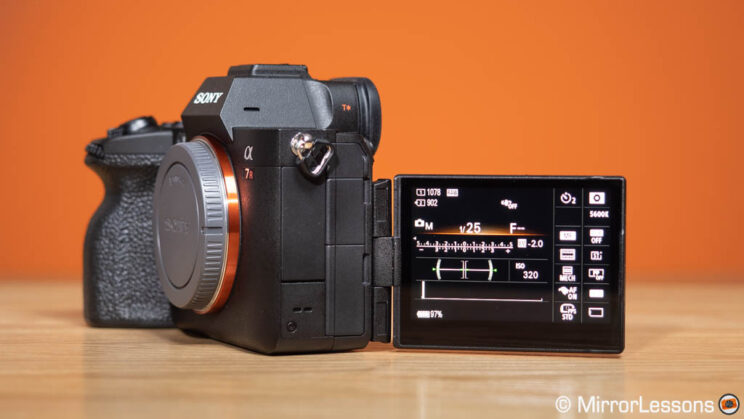
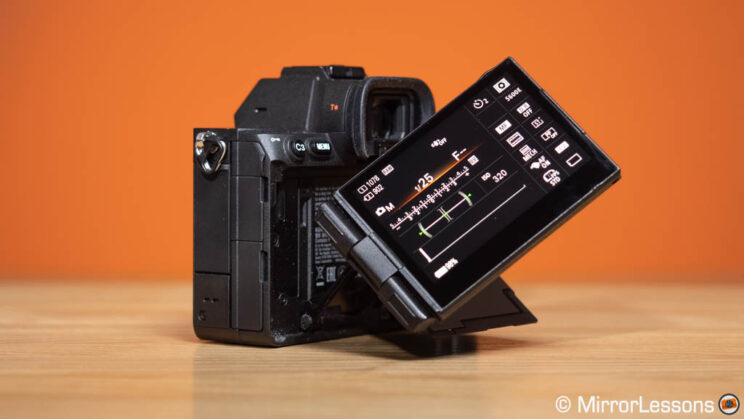
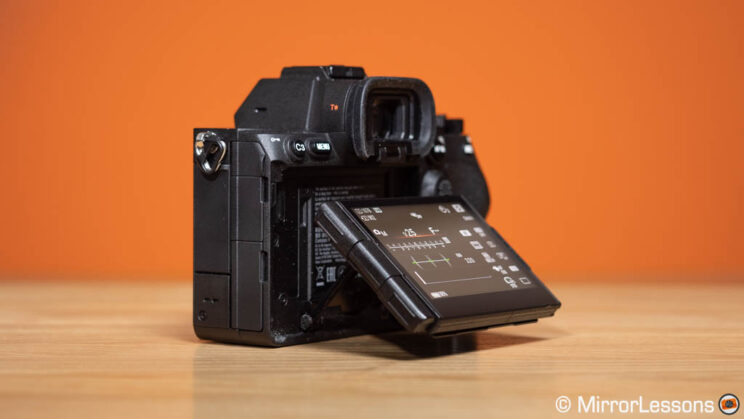
Both screens are touch-compatible, but the “C” model provides additional capabilities, such as the ability to change settings by tapping icons on the live view screen.
Reminder: the links below are affiliate links. If you decided to buy something after clicking the link, we will receive a small commission.
Check the price of the Sony A7CR on
B&H Photo
Check price of the Sony A7R V on
Amazon | Amazon UK | B&H Photo | eBay
4. Cards
The A7CR is equipped with a single SD card slot, compatible with the UHS-II standard.
On the other hand, the A7R V can simultaneously utilize two cards. Both slots are hybrid, which means they can accept UHS-II SD cards or CFexpress Type A cards.
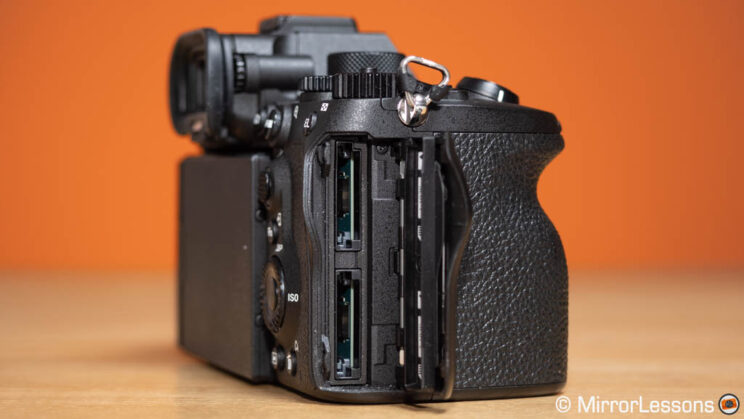
While CFexpress cards are more expensive, they offer faster writing and reading speeds, providing several advantages such as quicker transfer of images and video clips to your computer (assuming you have the right card reader and USB cable/port).
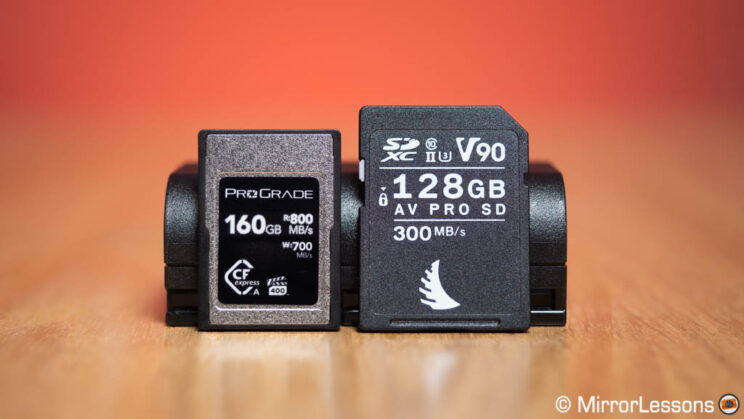
Additionally, CFexpress cards enhance buffer performance and are required when recording video at the highest quality with the S&Q mode.
5. Video Recording
The A7CR can record 4K video up to 50 or 60p with a 1.2x sensor crop, using the line-skipping method (where not every pixel is used). Recording in 4K up to 30p is also possible with the full width of the sensor (again, using line-skipping), or with the Super35 mode that adds a 1.5x crop but works with oversampling for better details and less aliasing.
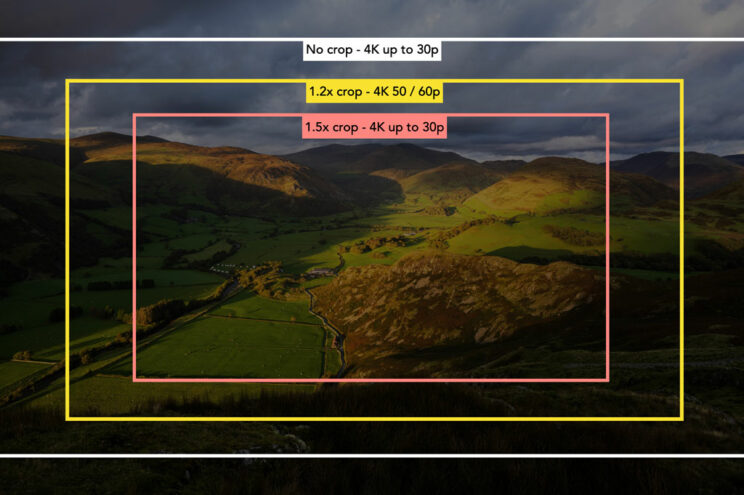
The A7R V can do all of the above but is also capable of recording 8K at 24p or 25p with the same 1.2x crop. It achieves this with oversampling, which delivers the best quality possible.
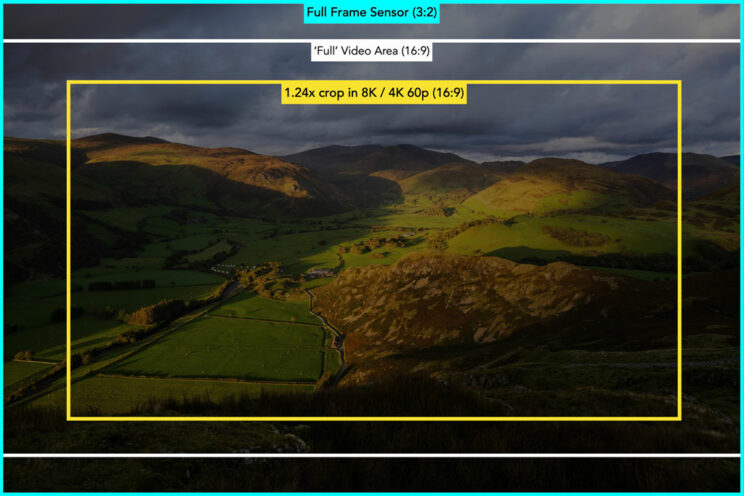
In Full HD, both cameras support recording up to 120p. You can work in standard mode with sound, or achieve a slow-motion effect in-camera with the S&Q mode.
Most of the other specs remain the same. They can both record in 10-bit 4:2:2 internally (except for 8K on the A7R V, which records in 10-bit 4:2:0), and offer an extensive list of pro settings such as S-Log3 and S-Cinetone. They can also output 16-bit RAW via the HDMI port.
You’ll find a good number of extra features as well, like Breathing Compensation and Focus Map. However, the A7CR also allows you to load your own custom LUTs (Look-Up-Table). You can use these as a preview on the monitor or apply them to the recorded footage.
Reminder: the links below are affiliate links. If you decided to buy something after clicking the link, we will receive a small commission.
Check the price of the Sony A7CR on
B&H Photo
Check price of the Sony A7R V on
Amazon | Amazon UK | B&H Photo | eBay
6. Shutter
The A7CR can shoot at the maximum shutter speed of 1/4,000s with the Mechanical shutter or 1/8,000s with the electronic shutter. The A7R V, on the other hand, reaches up to 1/8,000s regardless of the shutter mode used.
It’s worth noting that when I mention “mechanical shutter,” the A7CR actually uses the electronic-first curtain shutter (EFCS), meaning it doesn’t have a full mechanical shutter with two physical curtains, unlike the A7R V, which offers all three shutter options.
Using the EFCS comes with a few limitations. For instance, the bokeh in your photos can be distorted when shooting with a fast aperture and fast shutter speed. Similar settings can also result in uneven exposure, where one side of the photo appears slightly darker. Additionally, banding can appear with artificial lighting, although this undesirable effect won’t be as pronounced as with the full electronic shutter.
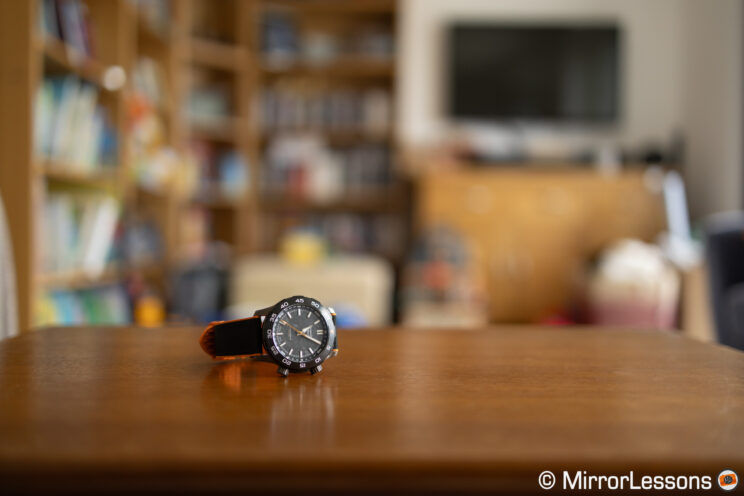
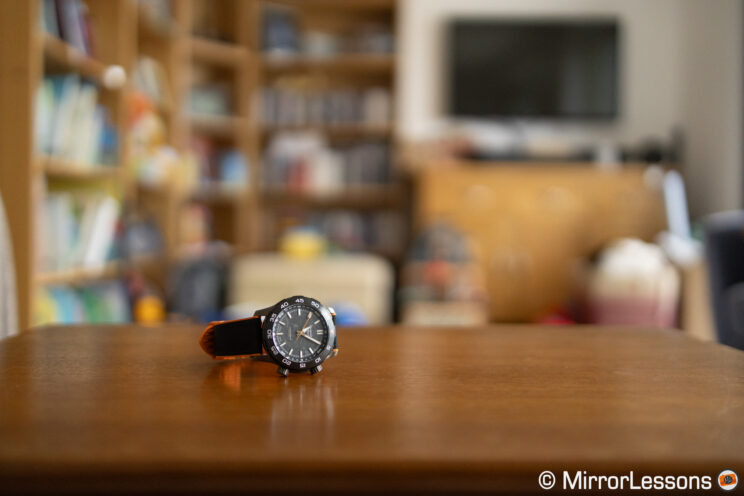
In cases where the limitations described above are difficult to avoid, your only option with the A7CR is to use the electronic shutter. However, this too introduces its own set of limitations, such as distortion when panning quickly (rolling shutter effect) and more visible banding under artificial lighting.
While the absence of a full mechanical shutter may not be a deal-breaker in most situations, it’s important to keep these limitations in mind.
7. Continous Shooting Speed
The A7CR can operate at a maximum of 8fps with the EFCS or 7fps when selecting the electronic shutter.
The A7R V is faster at 10fps with either the mechanical or electronic shutter. However, it’s important to note that when working with Uncompressed or Lossless Compressed RAW, the speed drops to approximately 6.7fps.
Regarding the buffer performance, the A7R V delivers exceptional results when using a CFexpress card. It maintains its top speed without slowing down, except when shooting in Uncompressed RAW, where it still manages 27 seconds at full speed. When using an SD card, the speed decreases after about 10 seconds when capturing RAW files, but not when shooting in JPG.
According to the official specs, the A7CR can handle up to 1000 JPGs but only 36 Compressed RAW files.
Reminder: the links below are affiliate links. If you decided to buy something after clicking the link, we will receive a small commission.
Check the price of the Sony A7CR on
B&H Photo
Check price of the Sony A7R V on
Amazon | Amazon UK | B&H Photo | eBay
8. Image Stabilisation
Both cameras are equipped with 5-axis in-body image stabilization. The A7R V boasts a higher rating of 8 stops of compensation, while the A7CR is one stop less efficient at 7.0EV.

The A7R V is the best Sony camera I have ever tested. It allowed me to capture sharp shots with a 2-second exposure, a feat I hadn’t achieved with any E-mount model before. Although the A7CR may appear a bit inferior on paper, I still expect it to deliver a similar performance. While it might not reach the extreme shutter speeds like 2 seconds, I’m hopefull it can provide good consistency at speeds of 1 second, 0.5 seconds, and 1/4s.
For video, both cameras feature the Active SteadyShot mode, which slightly crops the sensor to improve stabilization. Additionally, you can stabilize your footage in post-production using Sony Catalyst, which reads the gyro sensor data included in the video files.
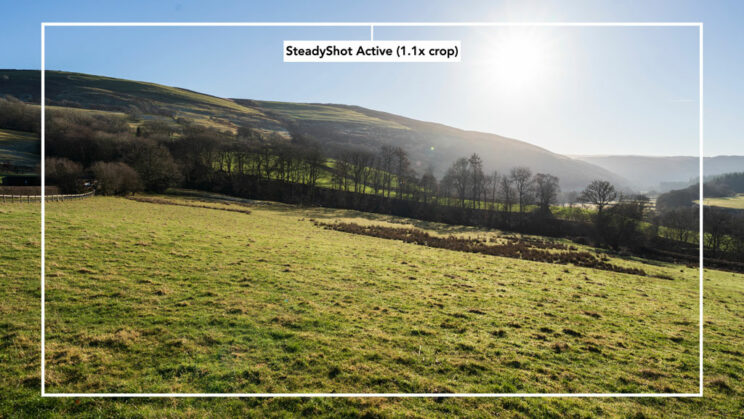
9. Auto Framing mode
Since the introduction of a dedicated A.I. processing chip in its cameras, Sony has developed features designed to work in conjunction with the advanced subject detection capabilities.
One of these features, the Auto Framing mode, is available on the A7CR. When activated, the camera will crop the sensor and adjust the composition automatically to keep the subject at the center while they are in motion.
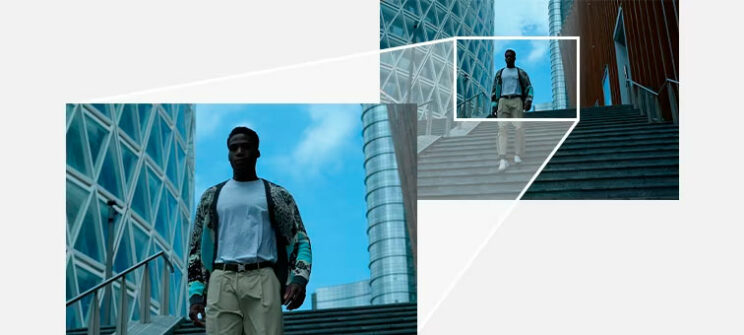
Technically, the A7R V should also be able to do the same, as it has the same processor. However, the camera was released before the introduction of this feature, and Sony doesn’t seem too interested in updating its older cameras via firmware.
10. Price
The A7CR was launched with a retail price of $3000, £3200, or €3700.
The A7R V is more expensive and can be found for $3900, £4000 or €4500.
Note that the prices are for the body only, as of September 2023.
Reminder: the links below are affiliate links. If you decided to buy something after clicking the link, we will receive a small commission.
Check the price of the Sony A7CR on
B&H Photo
Check price of the Sony A7R V on
Amazon | Amazon UK | B&H Photo | eBay
You might also be interested in the following articles:
A7R V Review for Bird Photography
Final Thoughts
The body design is the most important difference to consider. The A7R V is larger, with more physical controls, two hybrid card slots, a superb viewfinder and the best LCD mechanism you can find.
The A7CR, on the other hand, is smaller and more compact, yet delivers the same image quality and autofocus performance, so anyone that wants to travel ligher with a few primes should look at the C version with interest, not to mention that you’ll spend less as well.
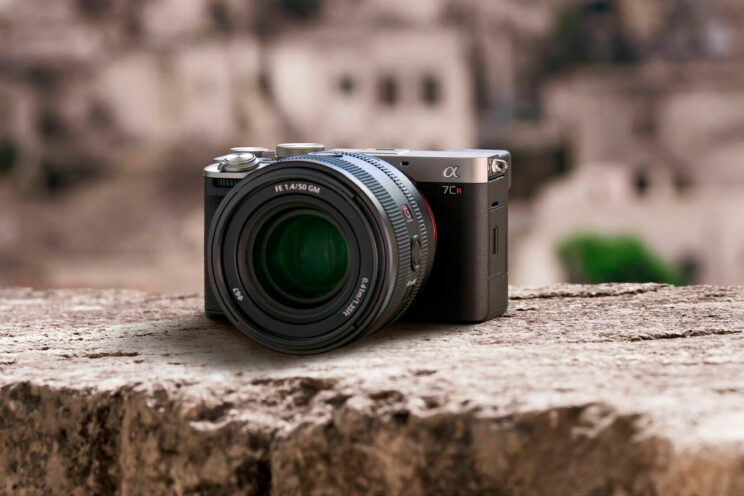
The other differences, such as 8K video recording, shutter modes and drive speed are also worth considering if you have aspecific needs in those areas.
Reminder: the links below are affiliate links. If you decided to buy something after clicking the link, we will receive a small commission.
Check the price of the Sony A7CR on
B&H Photo
Check price of the Sony A7R V on
Amazon | Amazon UK | B&H Photo | eBay

